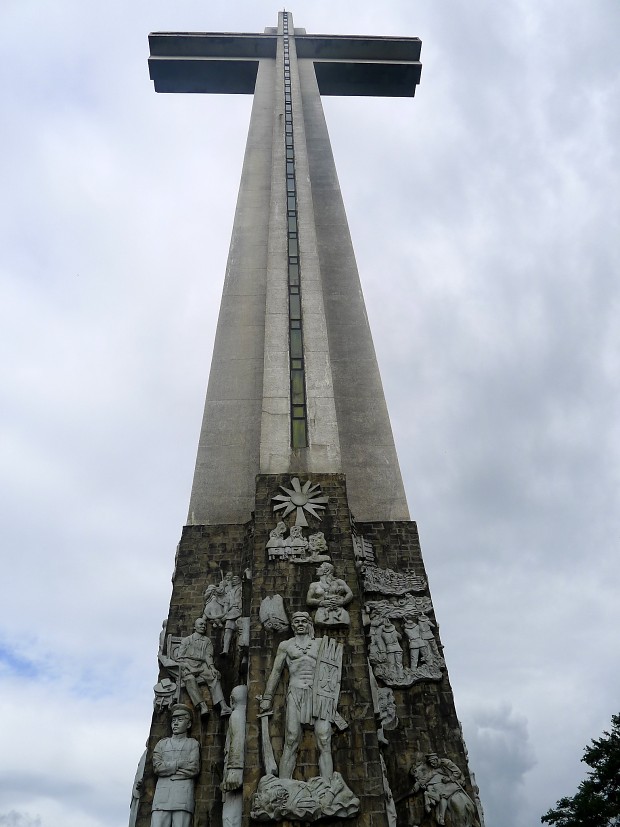Polytheism
Educational
Polytheism is the belief or worship in multiple deities usually assembled into a pantheon of gods and goddesses, along with their own religions and rituals. Polytheist.
The Cross
(view original)
Post a comment
Description
Christianity has a powerful symbol.







'The Cross stands for the universal man: he who has defeated death and transcended the merely human existence based on instinct, thus having attained ultimate self-realisation. The Cross also stands for the Tree of Life, which lies at the centre of the world; hence, it alludes to the notion of centre and primordial purity. Two directions are expressed by the Cross: the horizontal and the vertical, both of which possess several meanings.
The Cross reconciles the opposition between the plane of manifestation (the horizontal axis) and the drive towards transcendence (the vertical axis). The Cross thus symbolises the unity in which different, distinct yet non-conflicting realties participate in an organic and complementary whole.
In anthropological terms, the vertical axis stands for human personality, the self or soul: the active and eternal component of each creature. The vertical direction is the domain of the sacred, which leads to the heavens but can also lead to the abyss. The horizontal axis, by contrast, stands for individuality, the ego, body and spirit: the passive and mortal component of each creature. This is the domain of historical becoming, in which ideologies and human elements clash. The two axes divide space and time into four equal parts, each of which represents an inner and outer reflection and can be read as a stage in human life. Each quarter thus stands for a crucial moment in human existence, time and space. Nature itself divides time and space into quarters: four are the cardinal points (north, east, south and west); four the elements of matter (fire, air, earth and water); and four are the divisions of terrestrial nature (mineral, plant, animal and human). Four too are the portions of the day (midnight, dawn, midday, sunset) and the seasons of each year. Similar fourfold partitions can be observed in other areas. The human body, for instance, can be divided into four chief parts: the head (brain, white), breast (heart, red), stomach (liver, black) and limbs (feet and hands). In accordance with this partition, the Indo-European peoples structured their social organisation into four castes (priests, warriors, producers, servants), above which stood the King.
Human life too is divided into four principal stages: the prenatal stage, birth, maturity and death.'
The Cross is also a bent form of the Life Rune, so that would make incredible sense for the Saviour, or Lifegiver, to have to be sacrificed upon one.
It is also suspected to be a later version of the ancient Egyptian Ankh of Raa
I.pinimg.com
Feels like I'm really reading Evola.
That means is a compliment to TheUnbeholden
Giulio Cesare Evola was a really good writer it seems
I agree , TheUnbeholden is a smart person , more than me and is always interesting to read all that he says
We only did not have the chance to talk too much
Cool